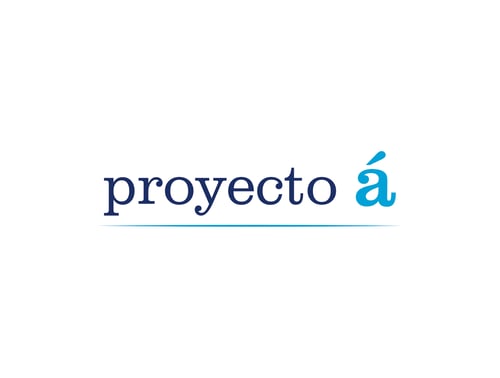como apostar na roleta on line
To fully exploit the constrained width, avoid loading the neighbouring structures and straddle shared utilities running under the site, the 🏧 house was constructed using a lightweight steel frame on a piled slab. The steelwork was prefabricated as a series of 🏧 portal frames that were craned down the alley and site-welded together. Given that every inch in such a narrow space 🏧 was valuable we chose to fully weld the connections and express the frame internally, even utilising the depth of the 🏧 steels to maximise the space.
Alongside the painted steel a simple palette of spruce plywood, douglas fir joists, terrazzo and cork 🏧 flooring enriches the interior. Externally the timber framed walls are clad in handmade pewter glazed brick slips with a patina 🏧 that reflects the changing light of the sky. Both the simply landscaped and planted rear courtyard and the garden in 🏧 front of the house enhance the feeling of space in this small dwelling.
This self-build project had a long gestation, fitted 🏧 in around professional and family life. The design and construction were developed as time and money allowed so whilst planning 🏧 consent was given in January 2014 and the ground works commenced in the spring of 2024, the building was not 🏧 completed until August 2024. We worked closely with friend and joiner Michael Tye to lead a small team of local 🏧 subcontractors and employed specialist fabricators for certain key packages as well as undertaking a fair amount of the work ourselves.
The 🏧 result is a unique and highly crafted home that is a testament to the commitment, effort and support of many 🏧 people. By replacing a narrow disused alley with this comfortable small home we hope to have enhanced the streetscape we 🏧 inhabit. As the building completes the terrace, so does the front garden - with the simple bin store, planting, level 🏧 access and bike parking we aimed to keep it open and reinforce the pavement line without making a hard boundary. 🏧 The development highlights the viability, both economically and spatially of small brownfield sites to provide high quality sustainable development at 🏧 a time of housing shortage. We see it as a model for other seemingly undevelopable urban gap sites where the 🏧 value added is through the quality of the architecture rather than over-development.
Material Used :
